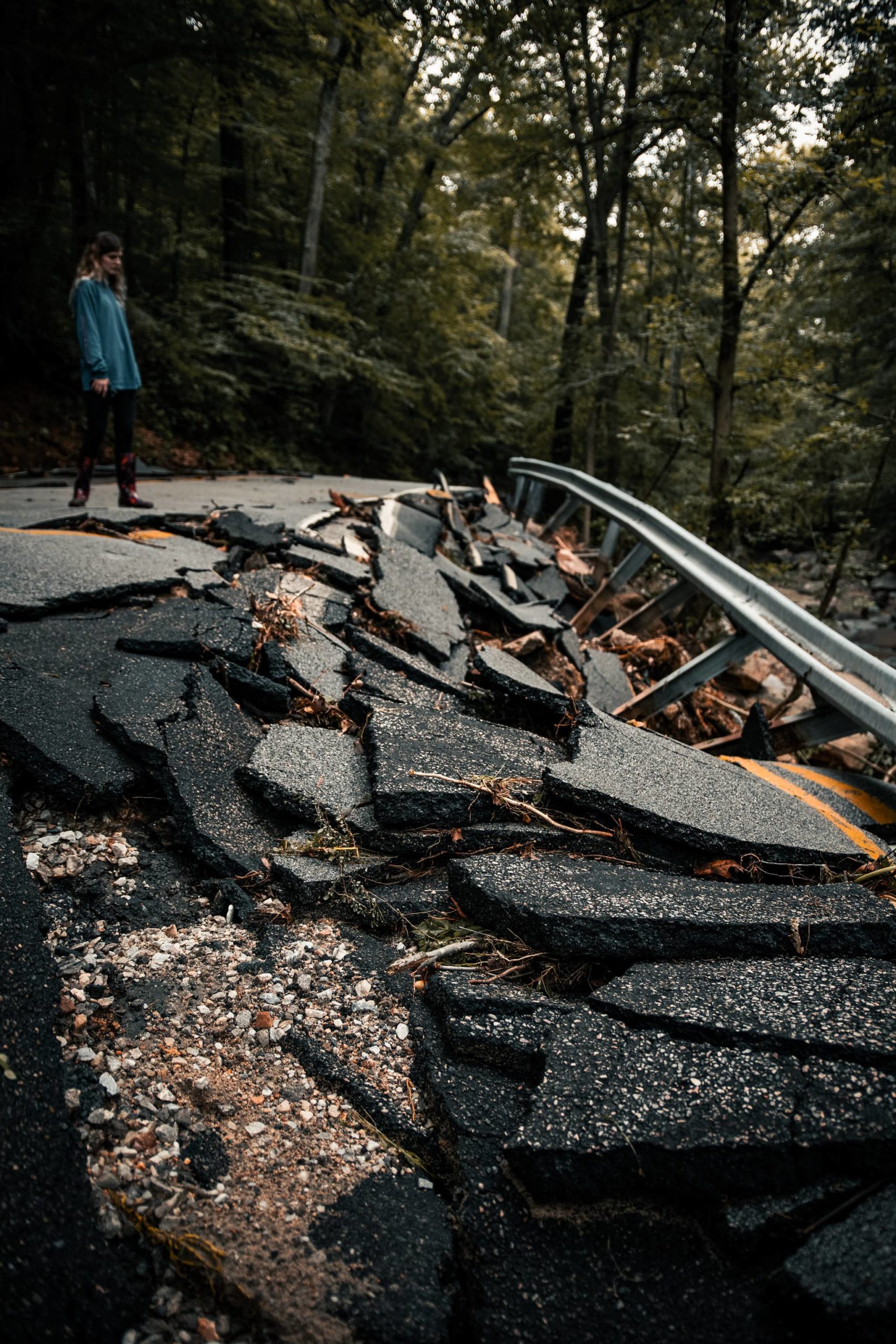The wildfires that raged across the Pacific Northwest in summer 2020 were devastating to many communities around the region. Hurricanes and tornadoes often ravage other parts of the country frequently.
While these incidents are extremely unlikely to affect San Juan County, it’s still imperative to be prepared for natural disasters in the island community — earthquakes in particular.
“Disasters still occur here and on the mainland. The question isn’t whether, it’s when,” League of Women Voters of the San Juans Vice President Susan Martin said. “Summer, of course, ushers in the wildfire season. … Anyone who lived through last summer’s wildfires will remember just how destructive they can be.”
At its member meeting on June 14, the LWV hosted Brendan Cowan and Bill Severson to talk about disaster preparedness. Cowan is the director of San Juan County’s Department of Emergency Management and has been instrumental in the county’s handling of the COVID-19 pandemic. Severson is the San Juan County Unit Lead for the American Red Cross.
“My goal with preparedness is for everyone to understand it doesn’t have to be complicated… You want to keep it as simple as possible,” Cowan said.
“Before too long you’ll really be able to see some measurable progress.”
San Juan County’s Department of Emergency Management has a new website, islandsready.org, wherein it outlines four “clear steps to preparedness.”
Step one: be prepared to be on your own for two weeks. While Cowan would like to see every islander prepared for a month of isolation following an emergency event, he accepts that’s unlikely but would still like the two-week goal to be met. Step two: once your household is prepared, expand your preparedness to your neighborhoods. A community that takes care of its neighbors is both a lost art and a critical part of living in the San Juans, the website notes.
“We think those are the two most important things,” Cowan said.
Thirdly, once your home and neighborhood are prepared for emergencies, the county suggests expanding to businesses and community organizations — nonprofits, volunteer groups, employers and churches. And lastly, plan your post-emergency response.
“I’ve been consistently impressed with how the islands has held up over the last year and a half,” Cowan said, referencing the public health emergency that the COVID pandemic created.
The biggest threat to the islands, according to Cowan, are earthquakes and tsunamis.
“We’re in a pretty good place as far as disasters go here in the islands,” he added.
One piece of good news about the islands and earthquakes, Cowan explained, is that much of the land is bedrock, making for more solid ground, less shaking and a lower chance of liquefaction. Liquefaction is when saturated or partially saturated soil loses its strength due to shaking — essentially turning it from a solid to a liquid. Skagit Valley is not nearly as lucky as us in this regard, Cowan noted.
Most people in the Pacific Northwest are aware of the potential for a 9.0 earthquake caused by the Cascadia Subduction Zone off the shore of Vancouver Island down to California.
“We’re a fair amount of distance away from that fault,” Cowan stated. “We’re much better off than folks along the coast. … There are many worse places to be in terms of the earthquake scenario.”
The bad news of being in the islands, Cowan continued, is the local infrastructure is “very brittle.” Power, water, internet in the islands are all provided by a delicate delivery system that, in a major emergency, could be disrupted and likely won’t be fixed very quickly.
“When the earthquake happens, we’re not going to be at the top of the list for help,” Cowan said, reiterating the necessity to be prepared and self-sufficient.
Being a coastal community, with an earthquake there is a threat of a tsunami.
“We won’t have a tsunami if we don’t feel the earthquake,” Cowan said. “We’re not going to be looking at a 60-foot wall of water coming in and washing the islands away.”
But if an earthquake is felt, he continued, the islands would have about 30 to 45 minutes to get away from the shoreline.
While wildfires are a problem in Eastern Washington, the western side of the state is less likely to be an issue. The mild temperatures and significant rainfall the islands receive helps to protect them from the threat of large, fast-moving wildfires.
“We do have the potential for high-risk conditions. … We have a fair number of poorly or totally unmanaged timberland in the county which poses a severe risk if things dry out,” Cowan said.
Home fires are the most common disaster in the islands, according to Severson. The Red Cross helps people to install smoke alarms and make their houses more fire-resistant. The local branch of the humanitarian group organizes and mobilizes volunteers.
If you have a group of two or more islanders and you’d like Cowan to speak about preparedness, contact him by calling 360-370-7612 or email prepare@islandsready.org.
“I always welcome the chance to talk and chat about any of this,” Cowan said. “I find it fascinating and I hope you do, too.”



